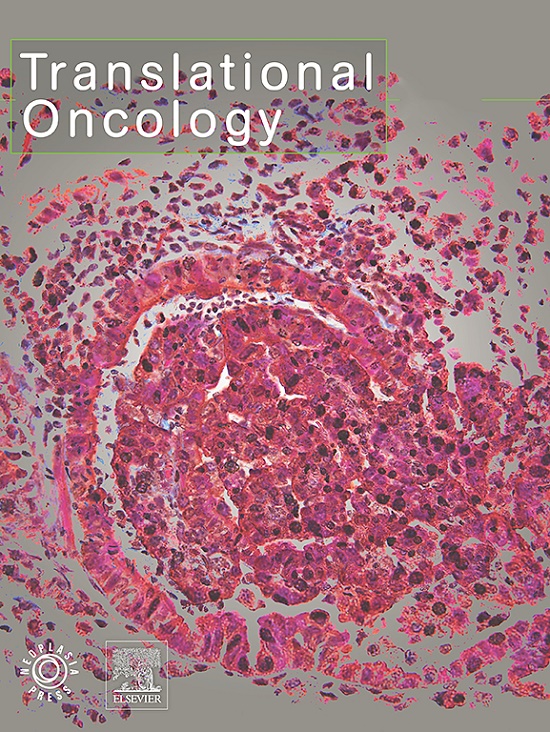Proteomic and metabolomic profiles of plasma-derived Extracellular Vesicles differentiate melanoma patients from healthy controls
IF 5
2区 医学
Q2 Medicine
引用次数: 0
Abstract
Background
Plasma-derived Extracellular Vesicles (EVs) have been suggested as novel biomarkers in melanoma, due to their ability to reflect the cell of origin and ease of collection. This study aimed to identify novel EV biomarkers that can discriminate between disease stages. This was achieved by characterising the plasma-derived EVs of patients with melanoma, and comparing their proteomic and metabolomic profile to those from healthy controls.
Methods
EVs were isolated from the plasma of 36 patients with melanoma and 13 healthy controls using Size Exclusion Chromatography. Proteomic and Metabolomic Analyses were performed, and machine learning algorithms were used to identify potential proteins and metabolites to differentiate the plasma-derived EVs from melanoma patients of different disease stages.
Results
The concentration and size of the EV population isolated was similar between groups. Proteins (APOC4, PRG4, PLG, TNC, VWF and SERPIND1) and metabolites (lyso PC a C18:2, PC ae C44:3) previously associated with melanoma pathogenesis were identified as relevant in differentiating between disease stages.
Conclusion
The results further support the continued investigation of circulating plasma-derived EVs as biomarkers in melanoma. Furthermore, the potential of combined proteo-metabolomic signatures for differentiation between disease stages may provide valuable insights into early detection, prognosis, and personalised treatment strategies.
血浆源性细胞外囊泡的蛋白质组和代谢组特征将黑色素瘤患者与健康对照组区分开来
背景由于血浆衍生的细胞外囊泡(EVs)能够反映原发细胞并易于收集,因此被认为是黑色素瘤的新型生物标记物。本研究旨在找出能区分不同疾病阶段的新型EV生物标记物。方法采用尺寸排阻色谱法从36名黑色素瘤患者和13名健康对照者的血浆中分离出EVs。进行了蛋白质组学和代谢组学分析,并使用机器学习算法来识别潜在的蛋白质和代谢物,以区分不同疾病阶段的黑色素瘤患者的血浆衍生 EVs。蛋白质(APOC4、PRG4、PLG、TNC、VWF 和 SERPIND1)和代谢物(溶血 PC a C18:2、PC ae C44:3)以前曾与黑色素瘤发病机制相关,被认为与区分疾病分期有关。此外,结合蛋白质代谢组学特征区分疾病分期的潜力可为早期检测、预后和个性化治疗策略提供有价值的见解。
本文章由计算机程序翻译,如有差异,请以英文原文为准。
求助全文
约1分钟内获得全文
求助全文
来源期刊

Translational Oncology
ONCOLOGY-
CiteScore
8.40
自引率
2.00%
发文量
314
审稿时长
54 days
期刊介绍:
Translational Oncology publishes the results of novel research investigations which bridge the laboratory and clinical settings including risk assessment, cellular and molecular characterization, prevention, detection, diagnosis and treatment of human cancers with the overall goal of improving the clinical care of oncology patients. Translational Oncology will publish laboratory studies of novel therapeutic interventions as well as clinical trials which evaluate new treatment paradigms for cancer. Peer reviewed manuscript types include Original Reports, Reviews and Editorials.
 求助内容:
求助内容: 应助结果提醒方式:
应助结果提醒方式:


